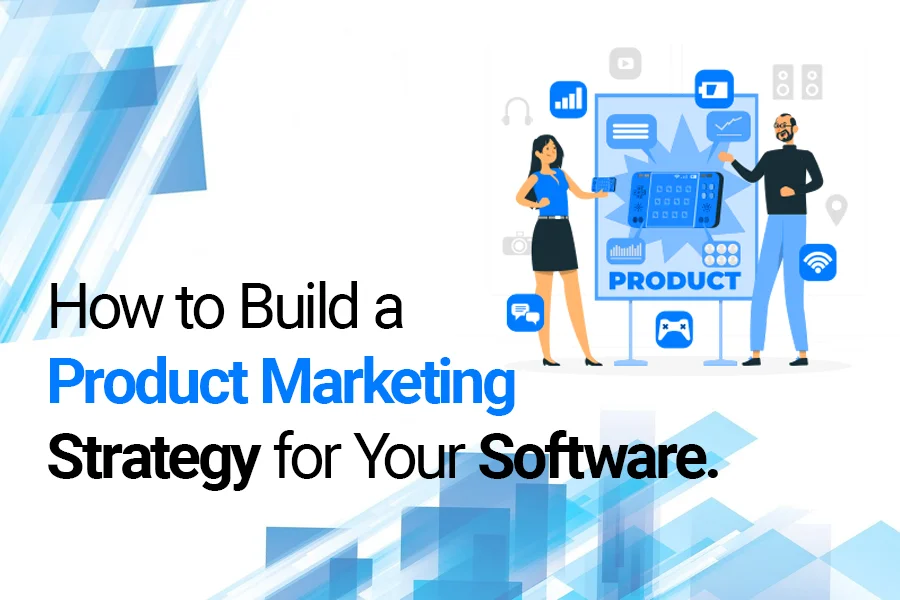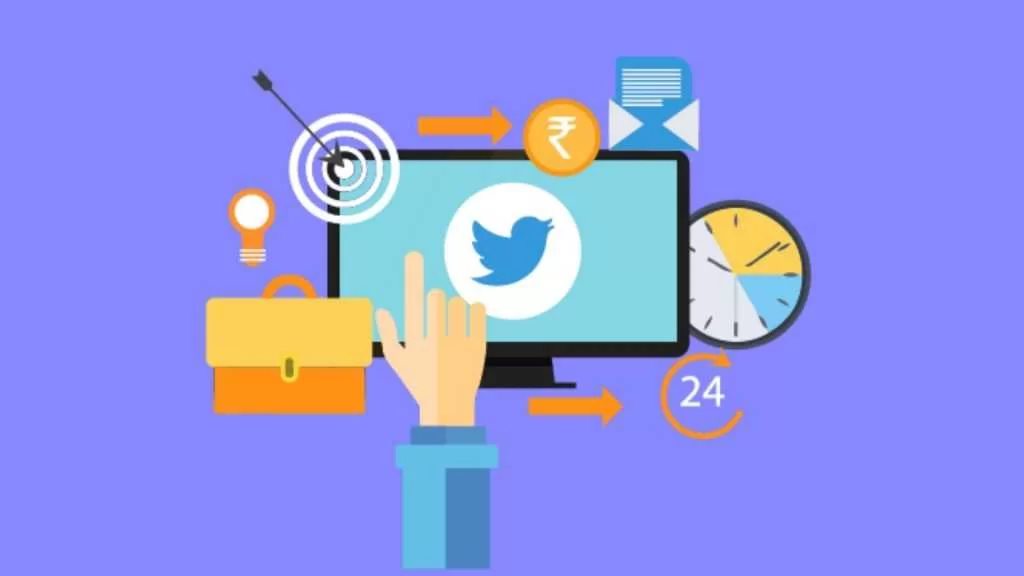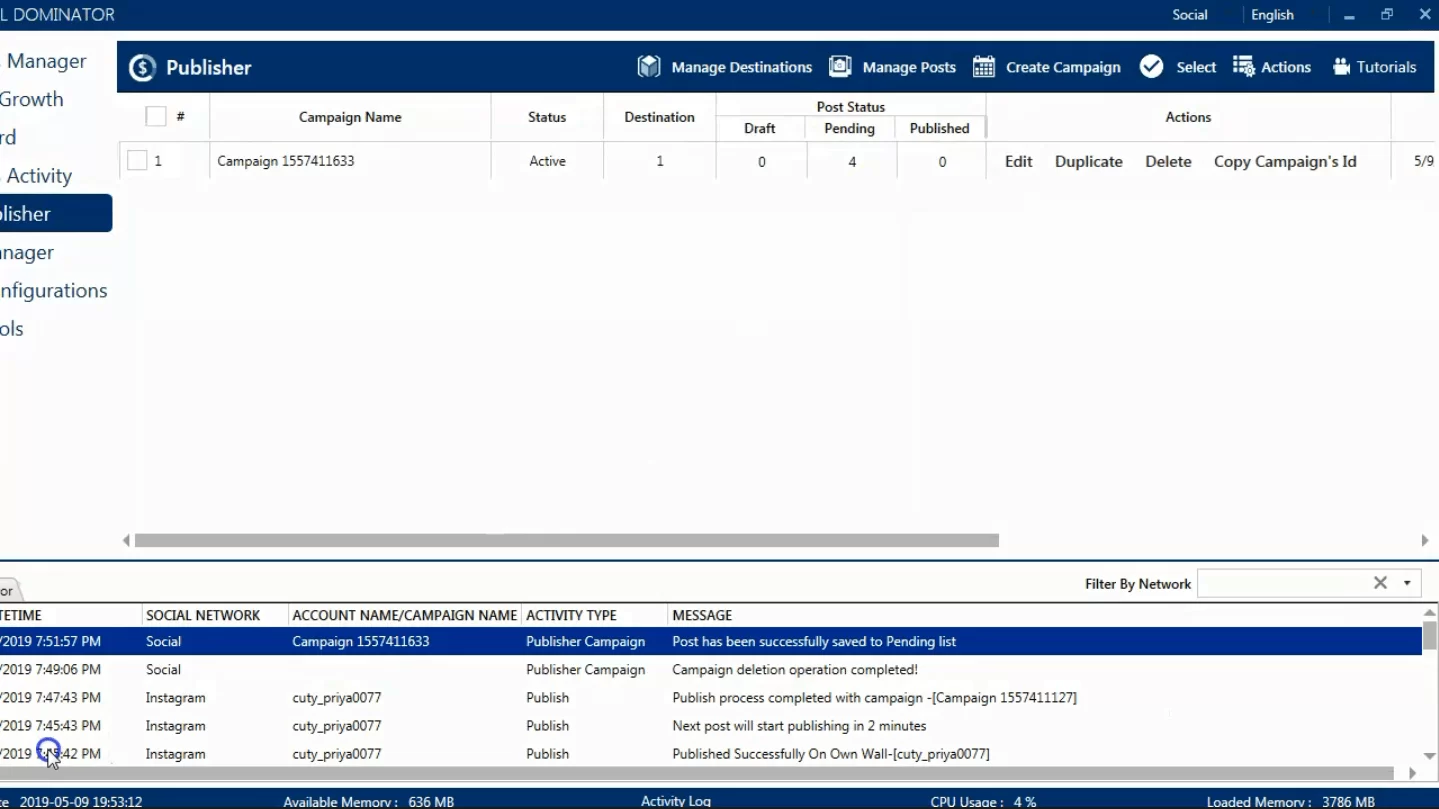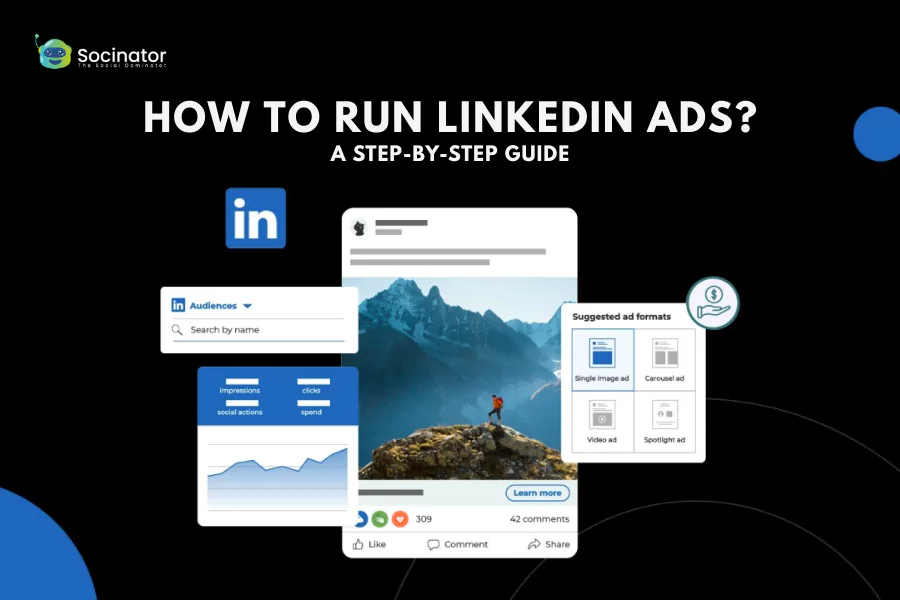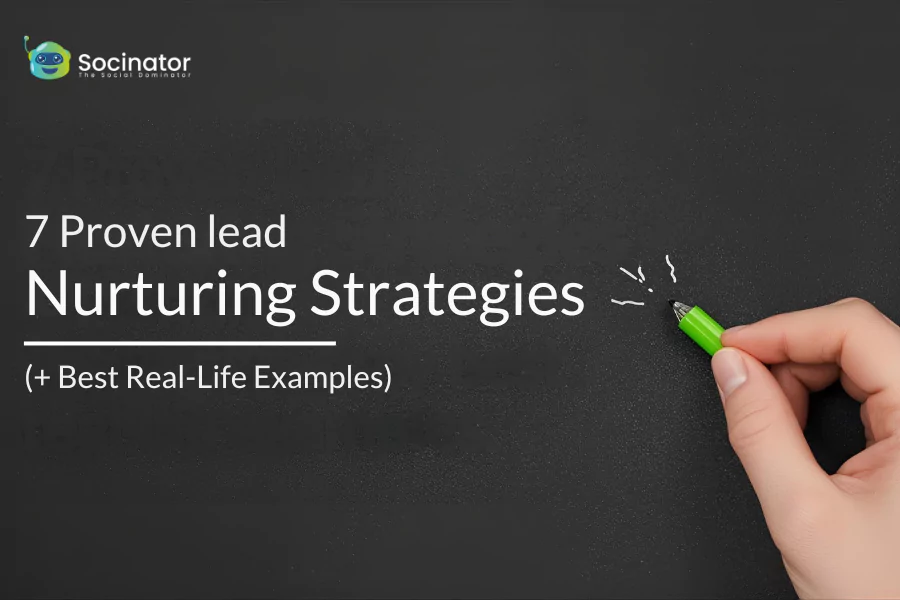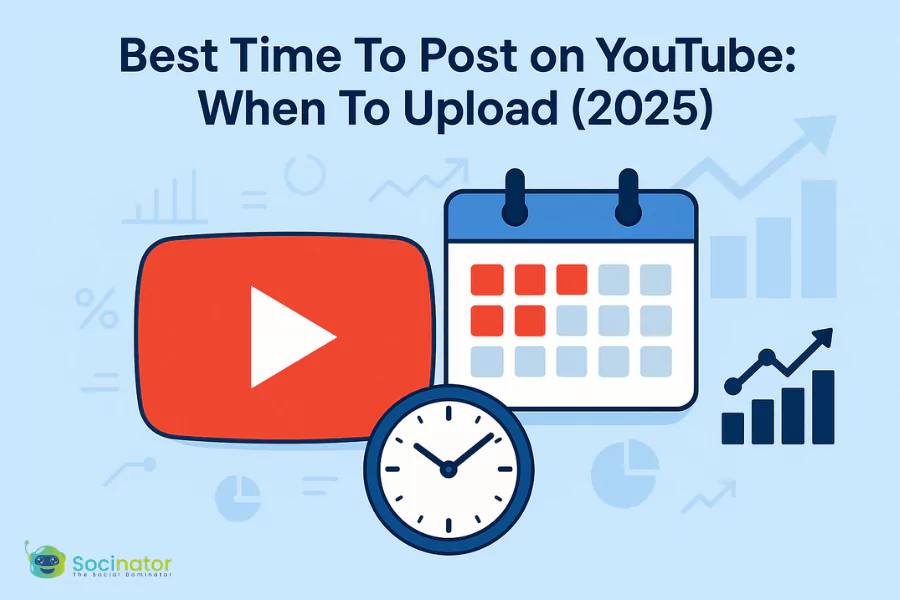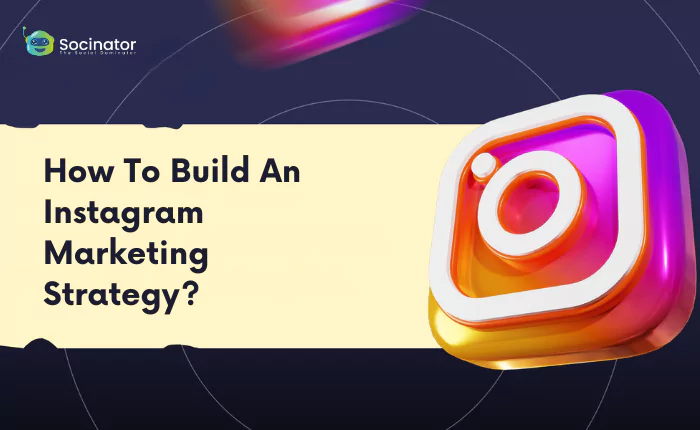Have you ever seen a product from any genre that has been going around strong in the market for a decade or more than that?
You have, right!
Ever wondered how it got here? Or how that particular product is doing better for so many times for such a long time?
The answer is the product marketing strategy.
Click here to listen to the podcast –
Let me try to explain that with an example. Coca-Cola, we all know this company. They are one of the best companies that make soft drinks, and they have been doing it for more than 100 years. The question here is to ask how they are still hot after so many years, sure they have few other products in line opposed to what they started with, but that’s not it.
The answer to this is the same marketing strategy. It plays a very big role in making or breaking a product in the market. And that is what we are here to talk about in this blog, so let’s get started.
What is Product Marketing?
Product marketing is the process of moving a product or service (in this case, software) from concept to customer. It involves understanding the targeted audience and using strategic advertisement placement to increase the demand for the product in the market.
It is a lot different from conventional marketing as conventional marketing involves SEO, lead conversion, lead generation, etc. It is more about promoting the whole company and products with it but not specifically for products.
Importance of Product Marketing
Product marketing is really essential for perfectly deploying your product in the market, and to do that, you must have a robust product marketing strategy. Without a full proof marketing strategy, your product won’t reach the potential customers or the targeted audiences. Here are the few points that you should take into consideration while forming a marketing strategy:
- Getting to know the targeted audience better.
- Learn about your competitors.
- Ensuring that your marketing and sales teams are on the same page.
- What problems does your product solve?
Keeping these points in mind, let’s move on to the final segment of this blog, where I will tell you a few key points on how to make a killer marketing strategy for your software.
1. Analyze Market
First and the most important thing you need to do is complete market research so that you can base your product development and positioning. Market research is very important as it tells you what your targeted audiences want and how welcoming is the current market for the product or software that you are going to develop or have developed.
The market research also tells you about the different factors that may affect your user base. For example, younger people might be more attracted to your product as compared to people between the ages of 30-50. Or people from country A might use your software more as compared to country B.
What I am trying to say here is that with the correct numbers, you can target the market from which you are certain; the results will be positive as compared to blindly promoting your software everywhere. It also helps you preserve the company’s resources and funds, which you can use on other marketing campaigns.
To do the full comprehensive market research, you can do the leg work and find out everything you need to know about your competitors, or you can do the reconnaissance in a smart way. The smart way would be to use a market analyzing tool. There are many such tools available on the market, like PowerAdSpy, AdSpy, AdEspresso, etc.
The best way to do a competitive analysis is to make a list of your competitors and divide them into three categories: Primary, Secondary, and Tertiary.
- Primary competitors will be those who have the same product and audience.
- Secondary competitors are those who have the same product but different audiences.
- Tertiary competitors are those who have products or software that enhances your software, like a third party feature enhancer tool.
2. Targeted Audiences
The next part is where you define your targeted audiences, but first, you have to create a buyer persona. You might be wondering; what is a buyer persona. A buyer persona will tell about the average customers who will buy or use your software. Let me explain that with an example, suppose you have a food delivery app that provides users a platform to buy all the delicious foods from any restaurant located in the area. So, in this case, a buyer persona will be the restaurant manager, and a user persona will be the restaurant chef.
Now, use this buyer persona and do a survey both online and offline. Talk with potential customers and meet with CEOs of the companies falling under your same niche. Gather information like age, gender, location, education, etc. whatever information that you think will help you in your product marketing.
With this useful information, you can better understand your audience and can easily analyze what type of audiences you should target at first for the maximum growth of your software. You can also enhance your software according to the user’s suggestions and make it stand out in the crowd.
Also Read –
YouTube SEO: Everything You Need to Learn about YouTube Algorithms
How To Create The Best Pinterest Video Ads For Your Business?
Hohttps://socinator.com/pinterest-automation/how-to-create-pinterest-video-ads/w Can You Make Your Instagram Page Look Attractive?
3. Messaging
Messaging is also very important in product marketing strategy. A powerful and accurate message can seriously impact the number of users that download/use your software. Therefore the product message that you generate for your software must describe the values of your product or services you are providing through your software.
I am sure you must have seen your competitors’ ads or some of the more popular software.
Ever wondered how they are captivating their user’s attention and asking them to use their software?
They always have one powerful and captivating question, asking/reminding people, the issues, or problems that are encountered by everyone. Your message should also contain such questions to immediately capture the attention of the targeted audiences.
Here are a few key points that you may ponder on while drafting a new message for your ad campaign:
- Always keep your video duration under 1 minute and try to explain everything in it.
- Try to resonate with your audience.
- Tell your audience about the benefit that your software brings to the table.
Along with the content, it is also important to make sure that ad/message/post on time as posts are deployed at the right time of the day can substantially change the number of audiences your posts reach.
Why is it so important?
Different age group people access social media sites at a different time. Kids or students use them more in the morning, whereas the working people use Instagram in their free time, which is mostly in their lunchtime, somewhere around 1-3 PM on weekdays. This time factor completely changes if you consider demographics instead of the age of your targeted audiences.
Therefore, you need to publish the same posts at different times to make sure it reaches everyone. Now, I know it is not possible to be online on social media 24/7. So to do this in an easy way, you can use an automation tool that will publish your post as scheduled by you.
There are lots of social media automation tools available in the market, but I have listed the best 3 for you, which are as follows: Socinator, HootSuite, and Sprout Social. The best one from these three is the Socinator as it provides all social media platform automation including, Pinterest.
Here’s how you can use Socinator to schedule your post:
1. Download Socinator and log in using the ID & Password provided by the support team.
2. Once you do that, a dashboard will appear. Go to the ‘Sociopublisher’ tab at the left-hand side of the dashboard and click on it. You’ll see the following window:
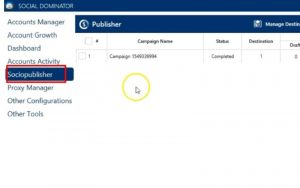
3. Click on the ‘multiple post’ button to start scheduling the post.
4. As you click on the button, you will see the following pop-up window:
In this window, you’ll see various options to optimize your post. There is a post description, where you can enter a few lines about your post, there is media where you can add one or multiple media in your posts.
Moving on, we have a post title and source URL, where the title of your post and URL of your website or brand will go. You can do this for multiple posts, and in the image, you can see I am working on four posts.
Once you are done creating your posts, close the pop-up window.
5. Click on the ‘post configuration’ tab, as shown in the image below:

Here you will see multiple options regarding the posting of your pin such as time, the delay between posts, and so on. You can heavily customize these to fit your posting schedule.
6. Once you have done everything, click on the ‘select destination’ tab next to the ‘select campaign’ bar. The following box will appear:
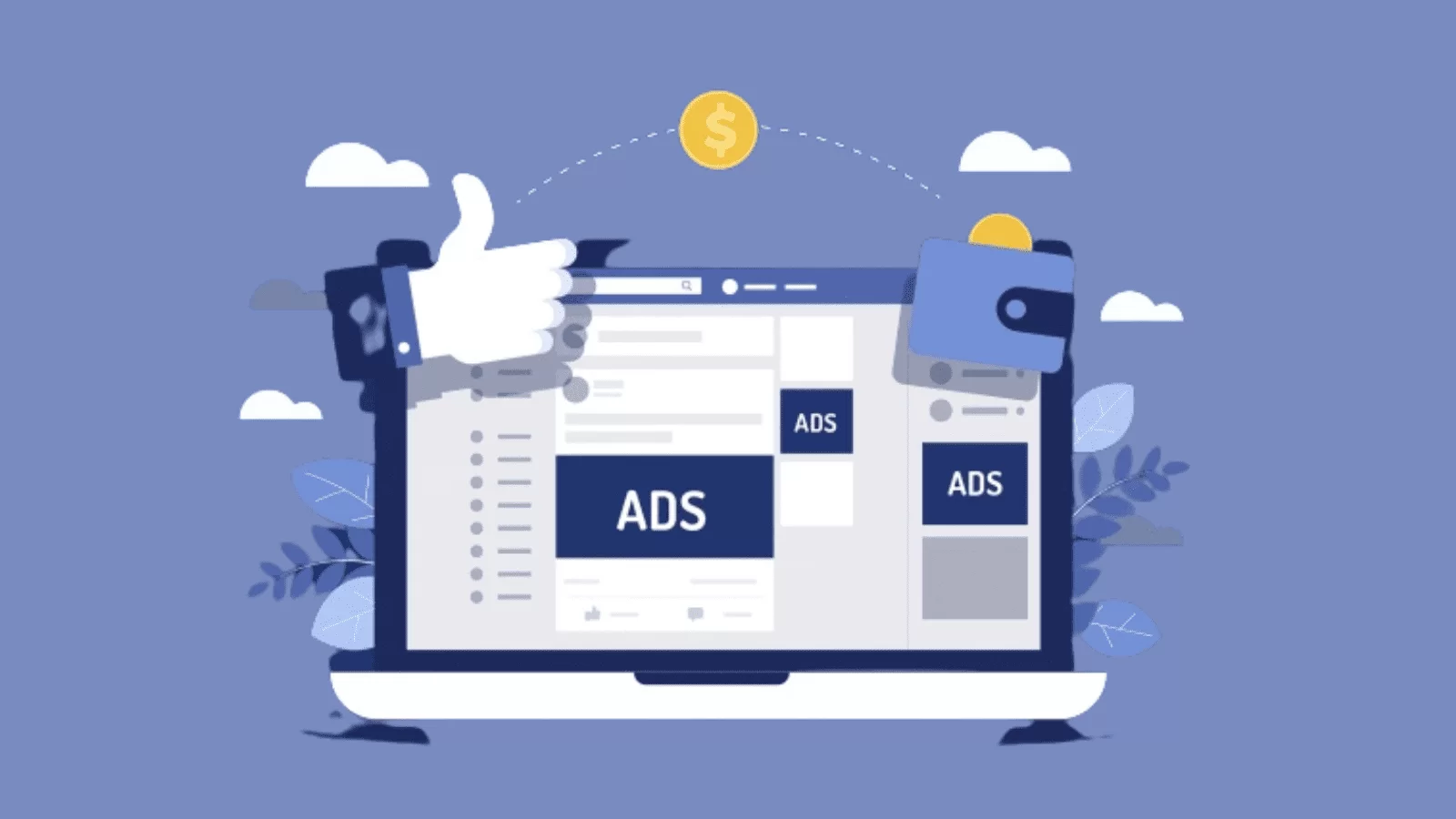
Select the proper destination and close this box. Then click on the ‘Save’ button present at the top right corner.
7. After saving the campaign, you will be redirected to this window:
Here you can see all the campaigns created by you. You can manage them from and keep track of how many posts have been done & how many are left.
Using these simple steps, you can easily schedule your Pinterest post with the help of Socinator. You can also do the same for your other social media platform as Socinator provides optimization to all of them.
Click The Button Below To Know More About the Socinator –
4. Launch Promotion Strategy
This is the most exciting part of the whole product marketing, as in this part, you get to launch your product in the market.
Wherever you choose to launch your product, you should make sure that you include all the relevant information about your software, so that audiences can learn everything about your product, right from there, and also why they need it. Relevant information includes the demonstration of your product, features, pricing, etc.
Your launch promotion strategy should also include all the above marketing tips and should have a strong as well as captivating opening line or catchphrase.
5. Market Position
You need to determine the positioning of your software in the market. After the successful deployment and ads, you can’t just stop working on it. You have to constantly keep an eye on the growth of your software and make sure it is working perfectly.
The market position also tells you how people are responding towards your product and whether they are actually liking the product or simply bouncing from it after one use. These questions help you work on the points which can make your software better and more welcoming for audiences.
That being said, maintaining the same buzz of your product after six months of the launch is really hard as people tend to lose interest, and they need something new. In such a case, what you can do is work on the data gathered from the points mentioned above and improve your product, or include a new feature that your users have asked you to include in the new update.
Also Read –
How Can Twitter Analytics Tools Help You Grow?
The Best Time To Post On Instagram
Wrapping Words
A successful product marketing strategy is key to generating good revenue. You should always focus your marketing on the targeted audiences and work around their needs or feedback. Knowing your competitors also helps as it gives you a base to work on. So keep these points on top of the list while developing a marketing strategy for your product.
That’s all from my end. Let me know down in the comment section your point of view and also if I missed anything.

